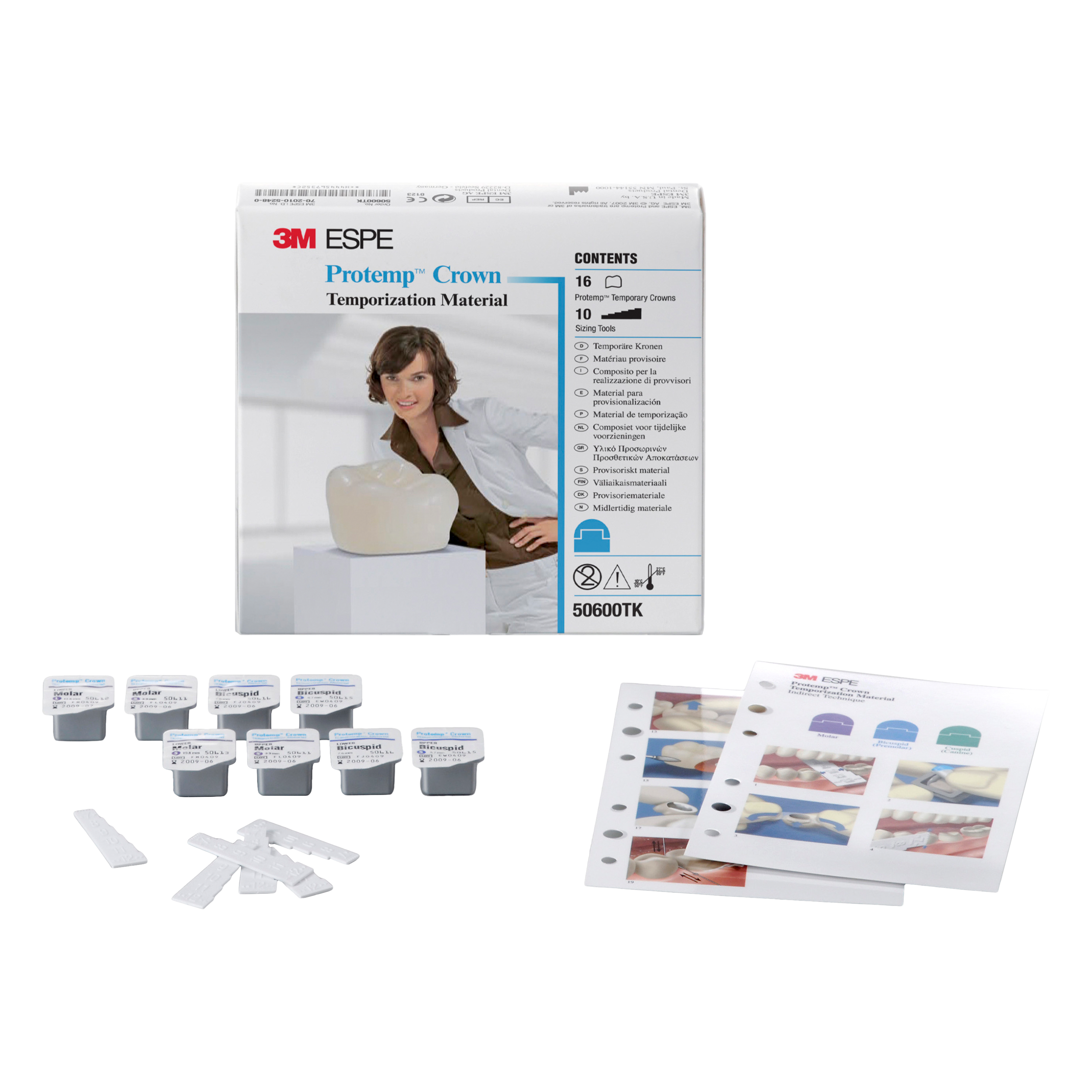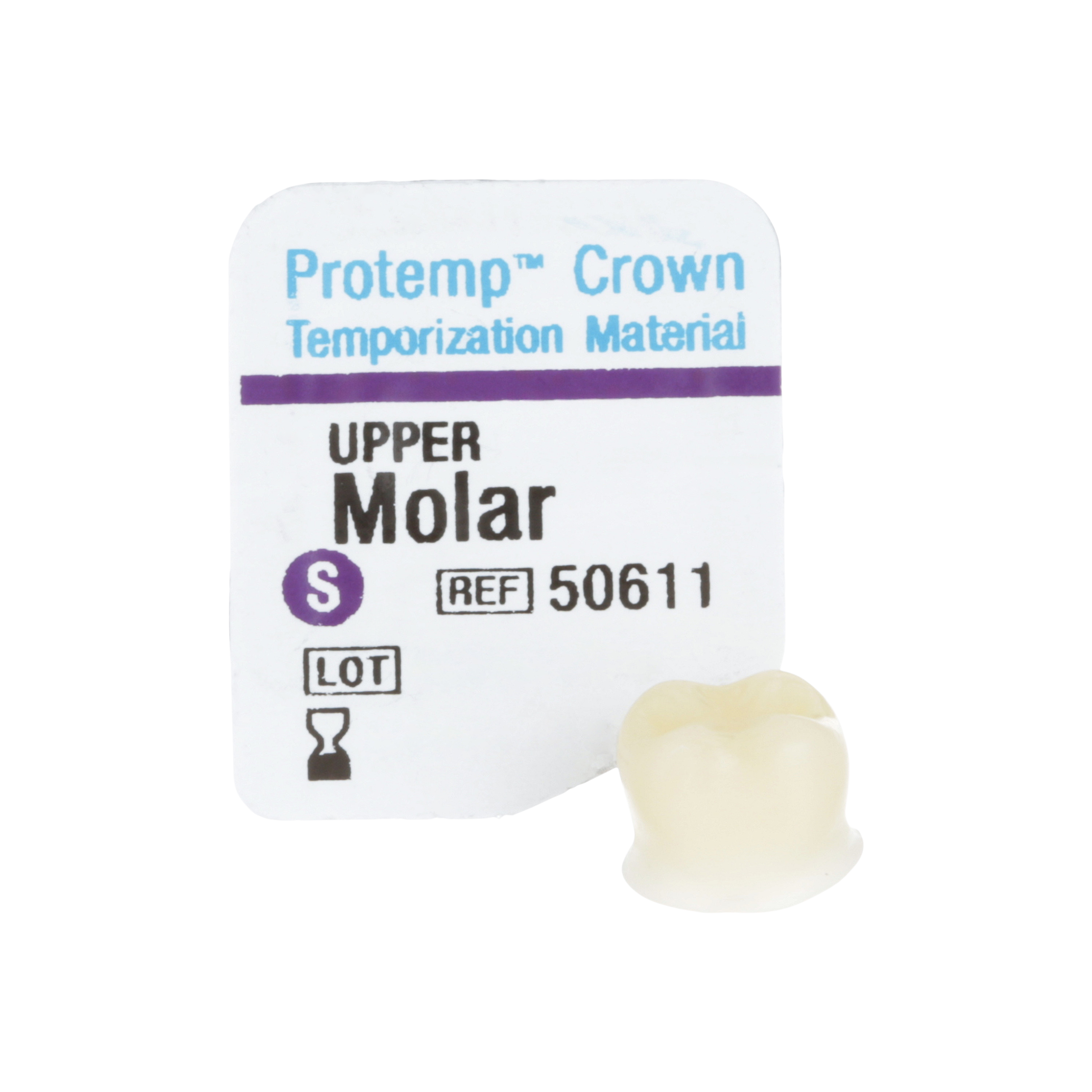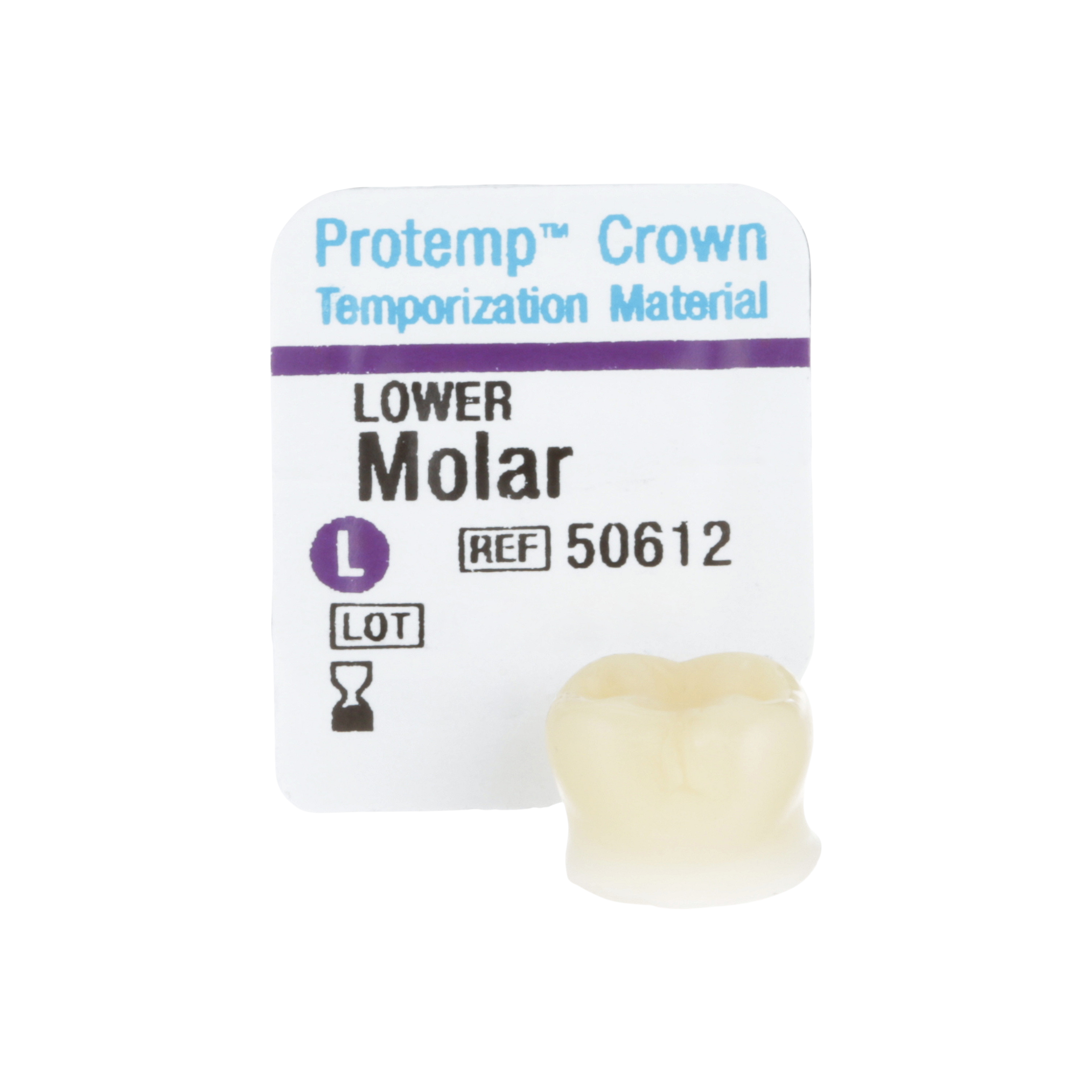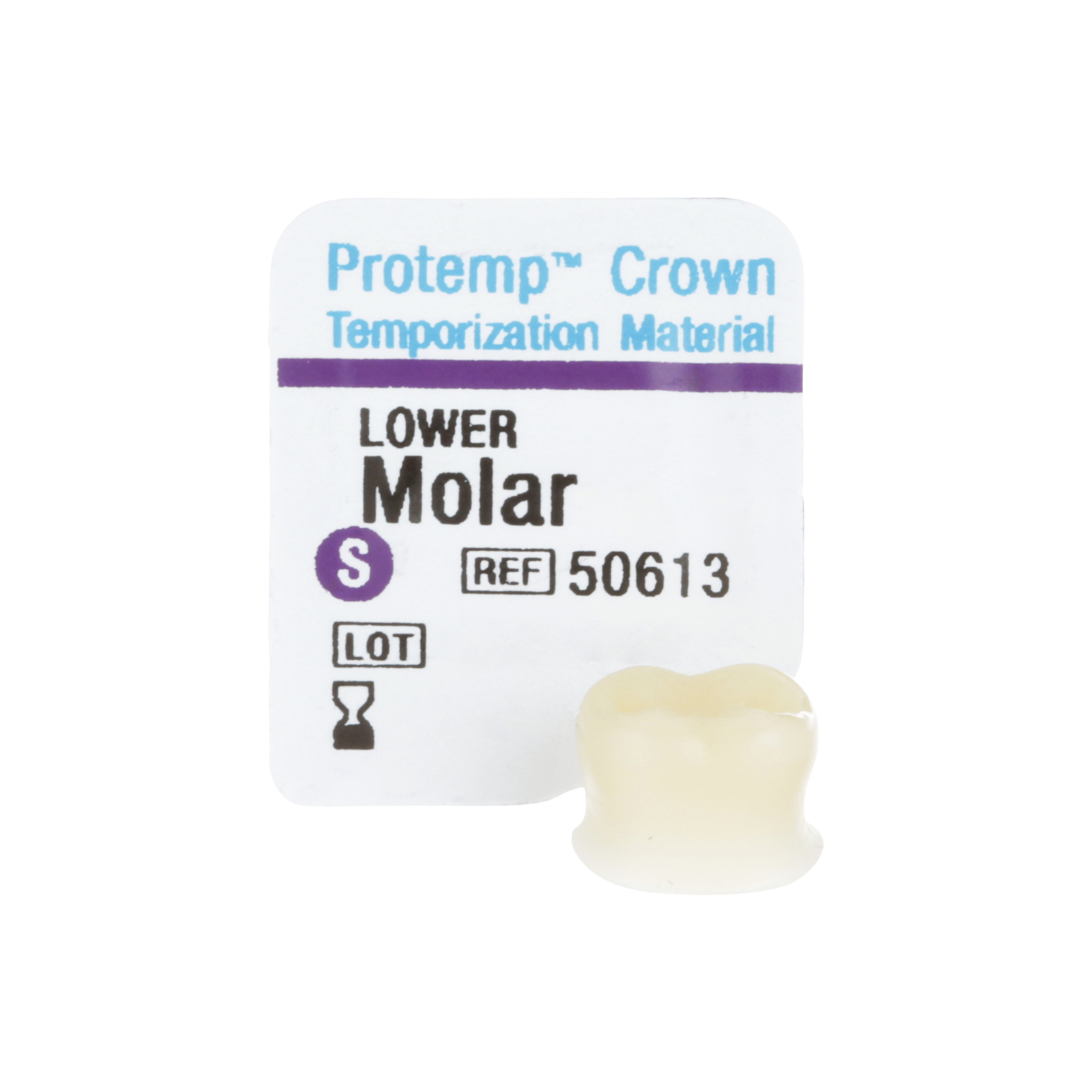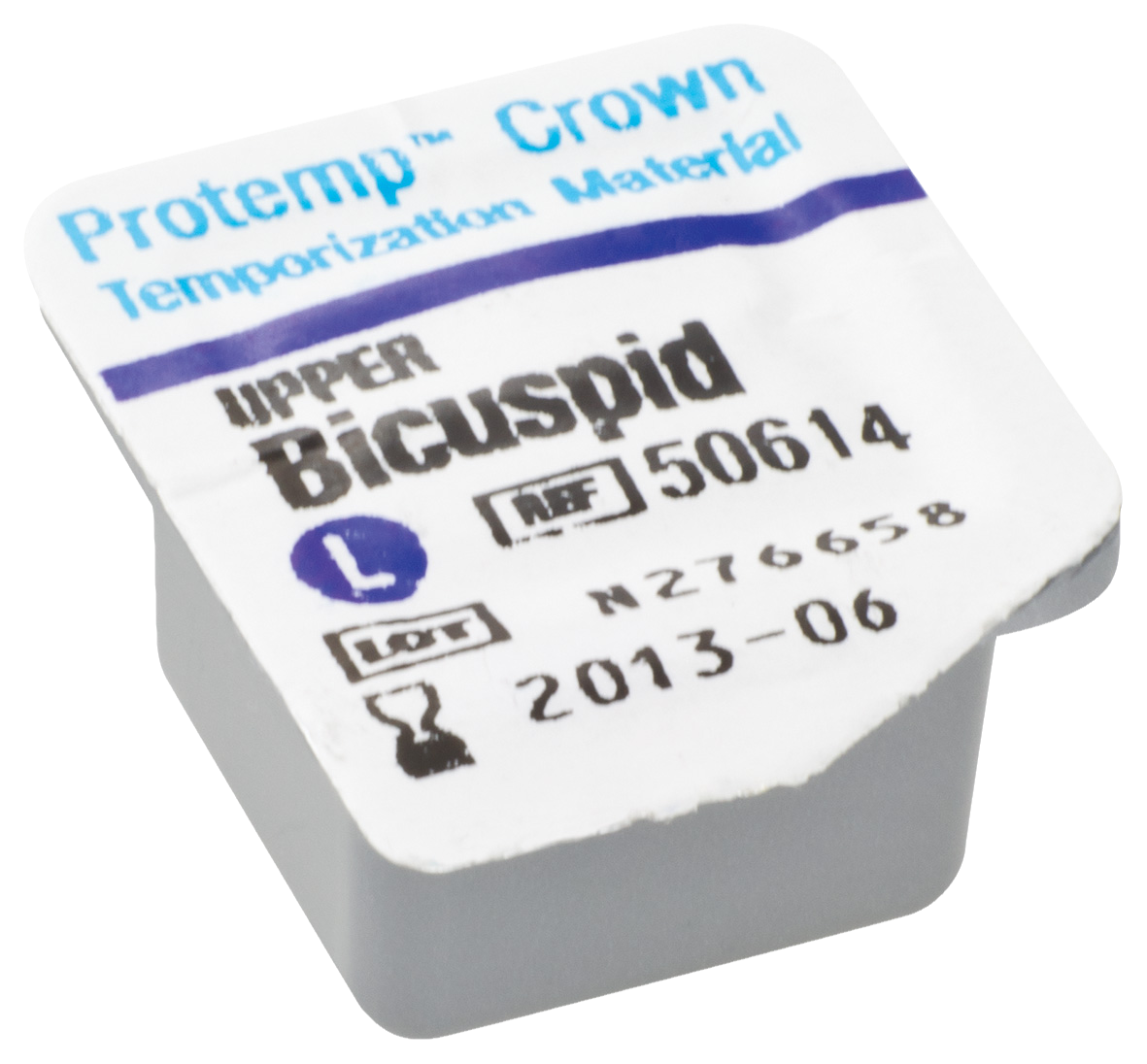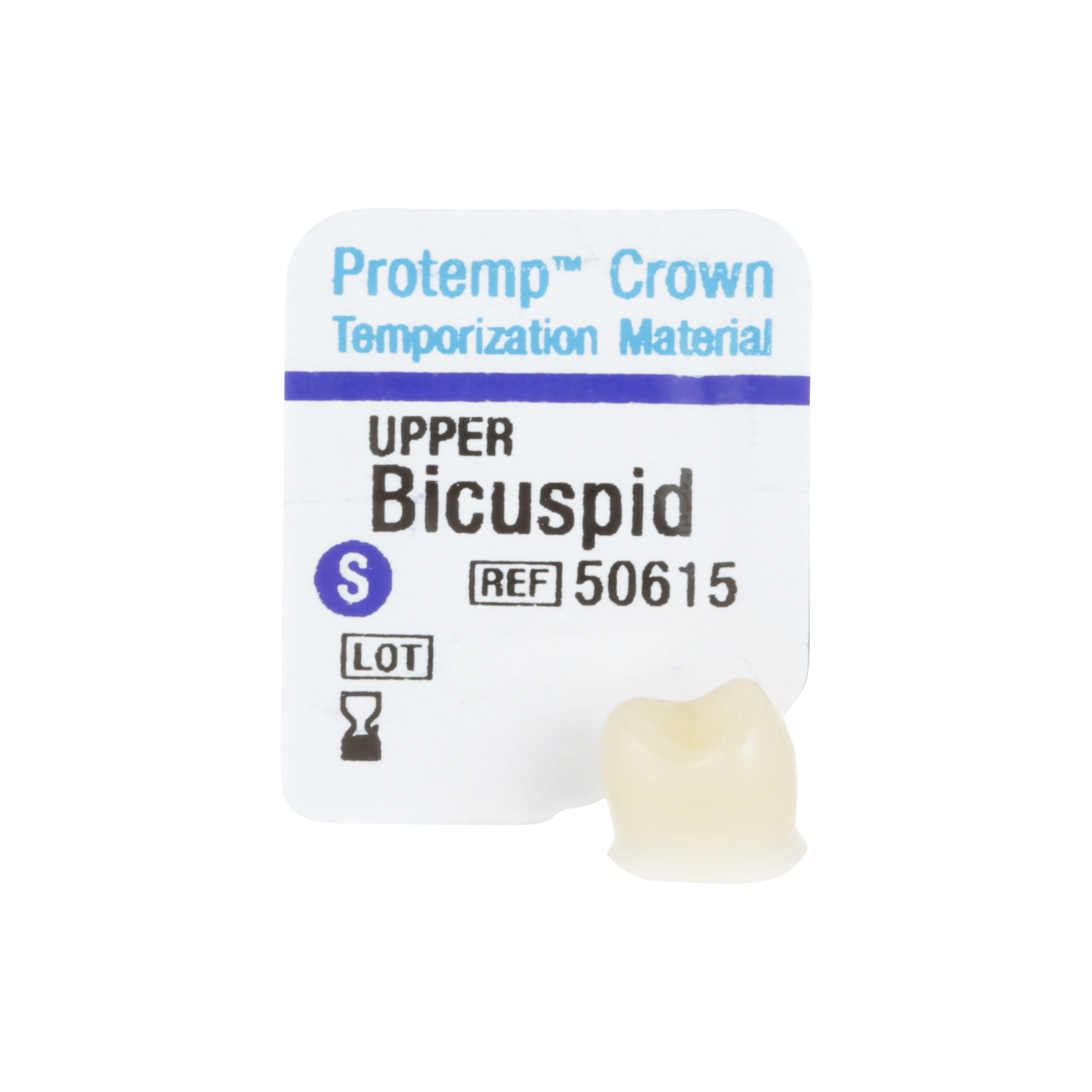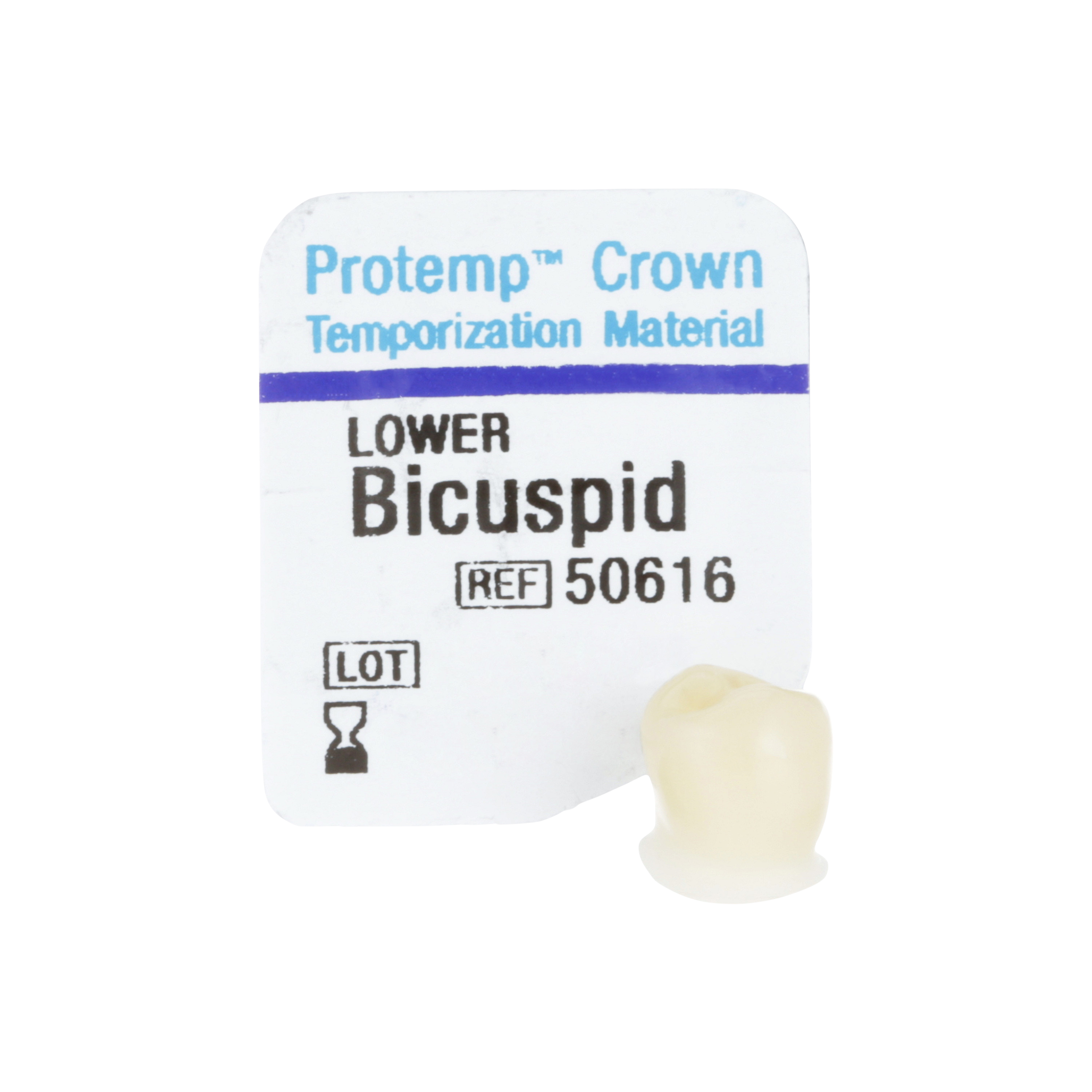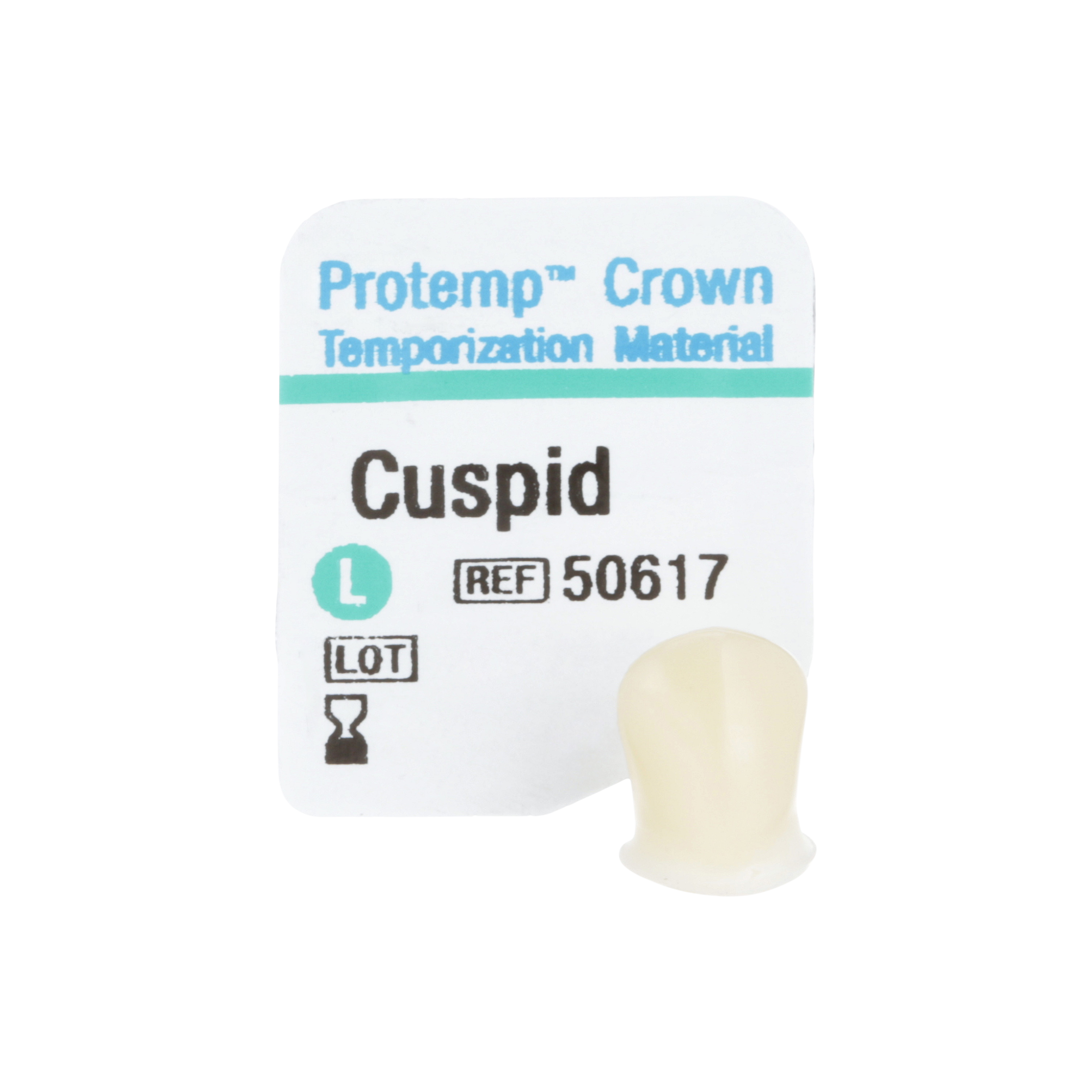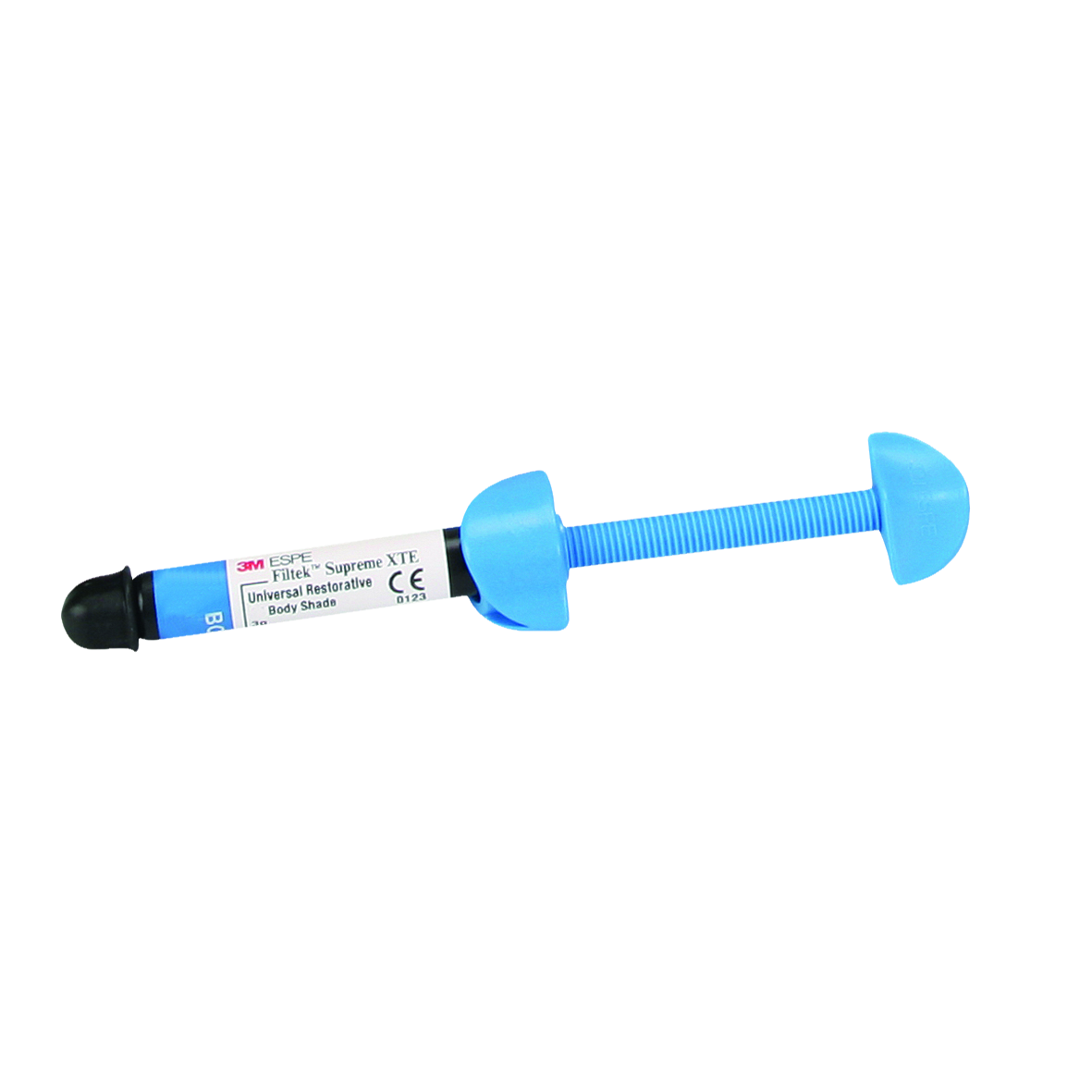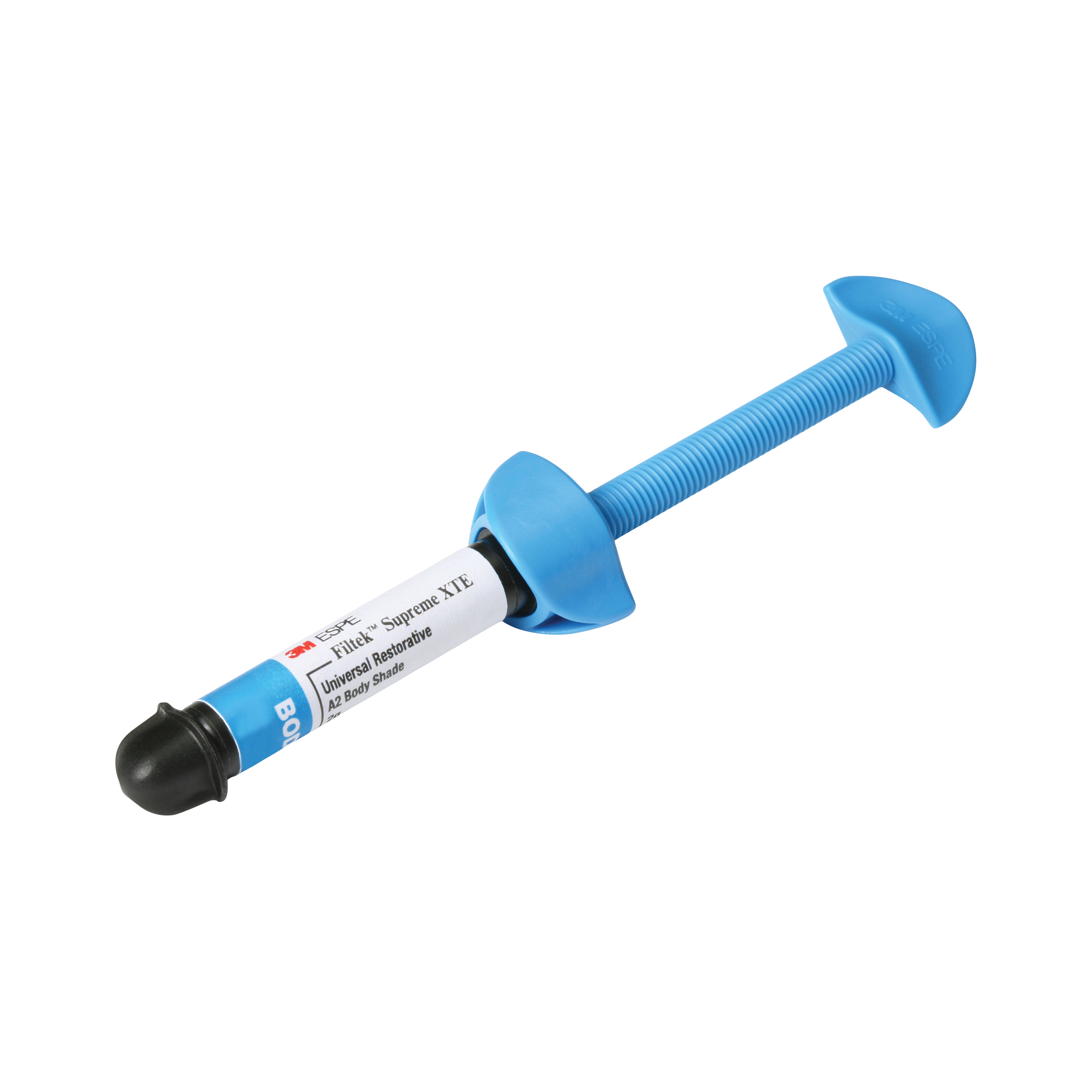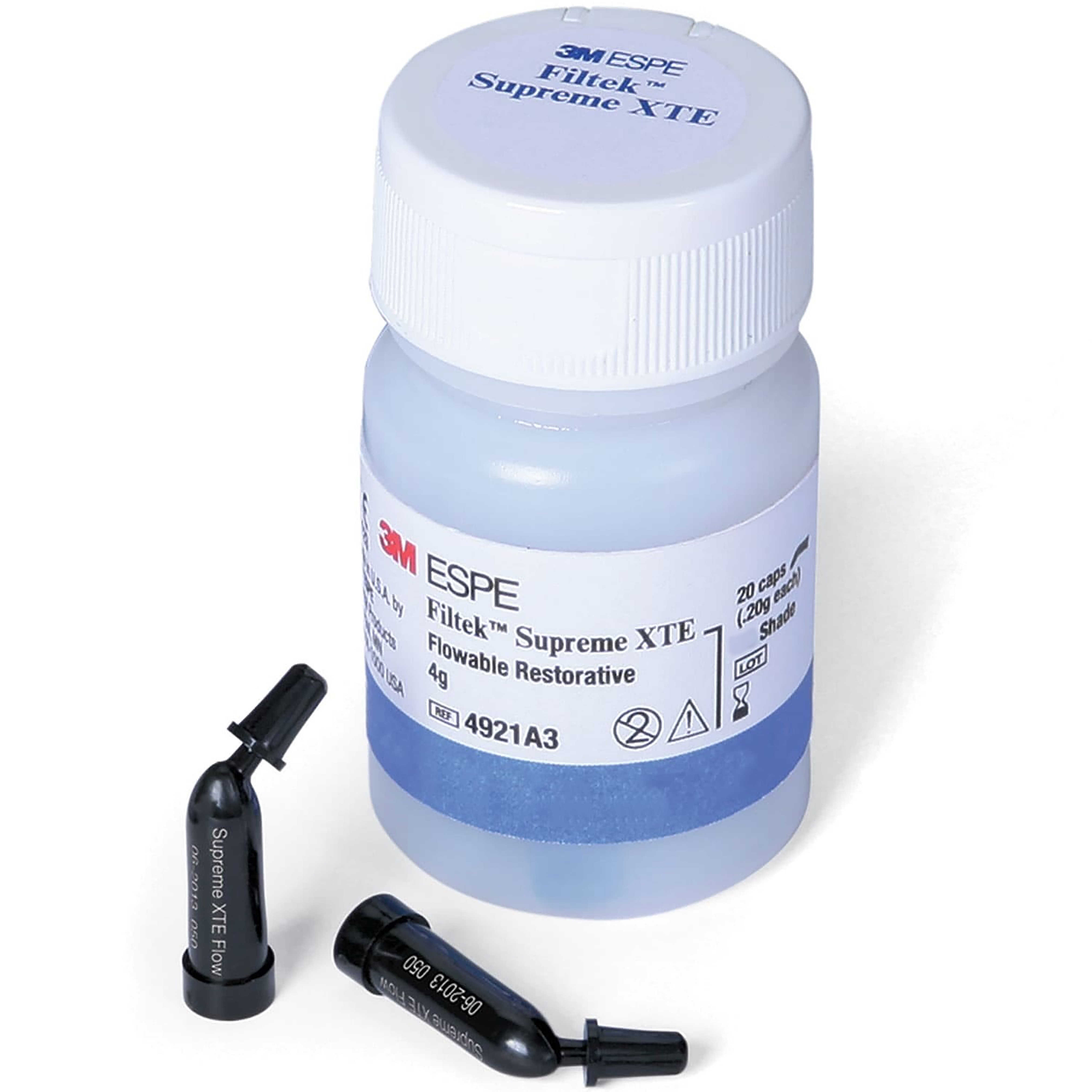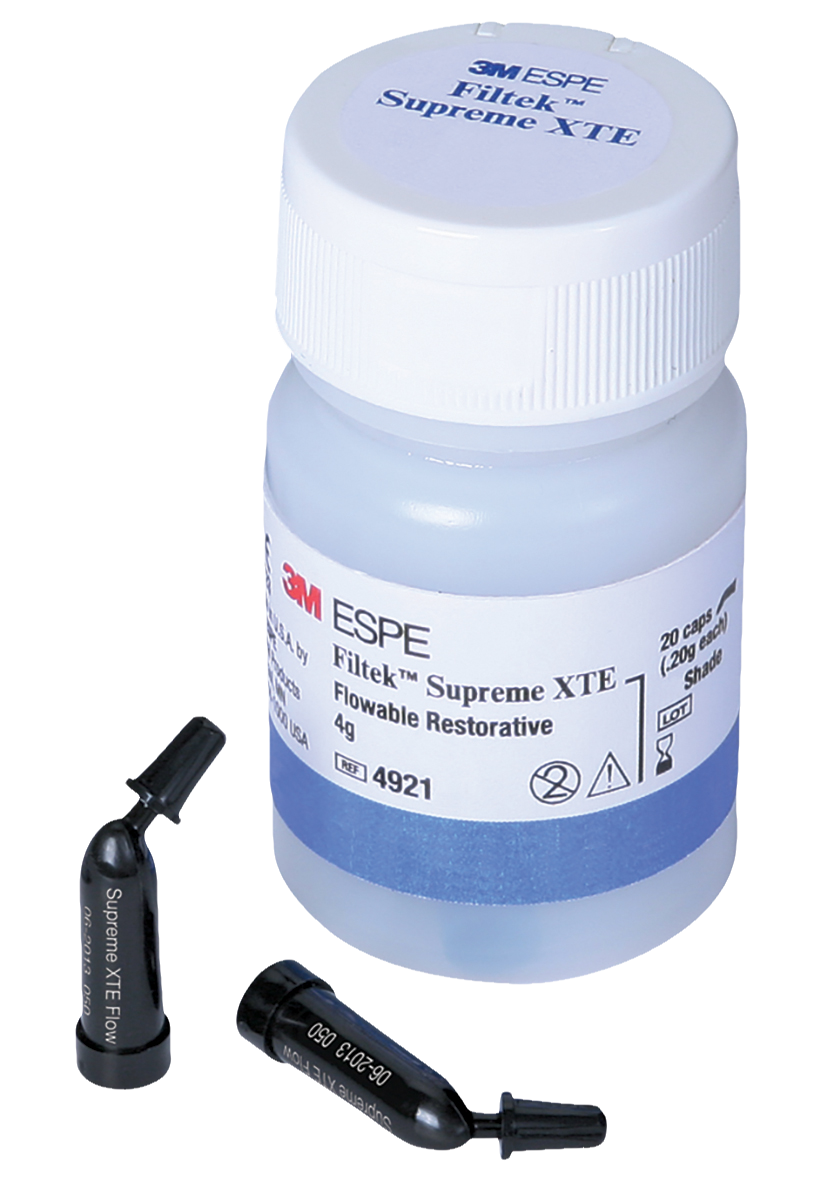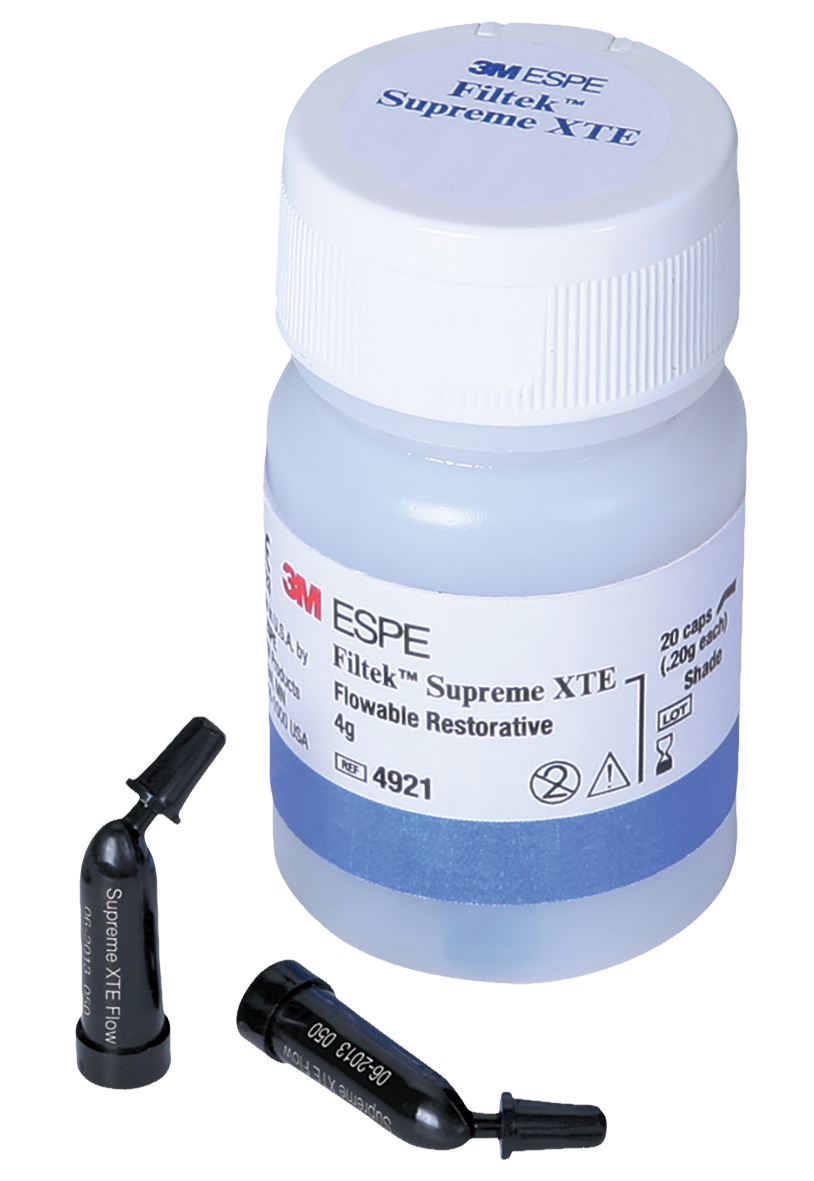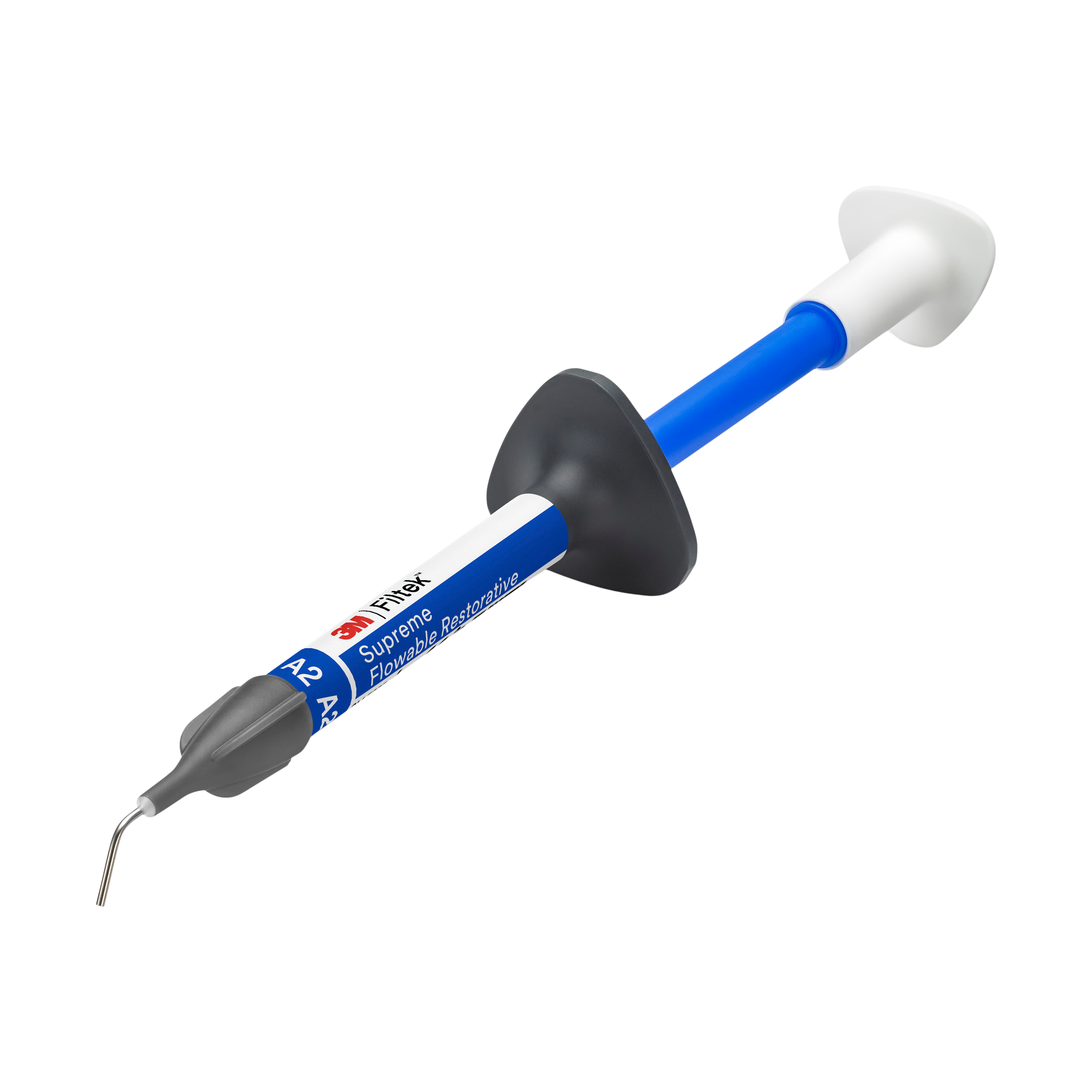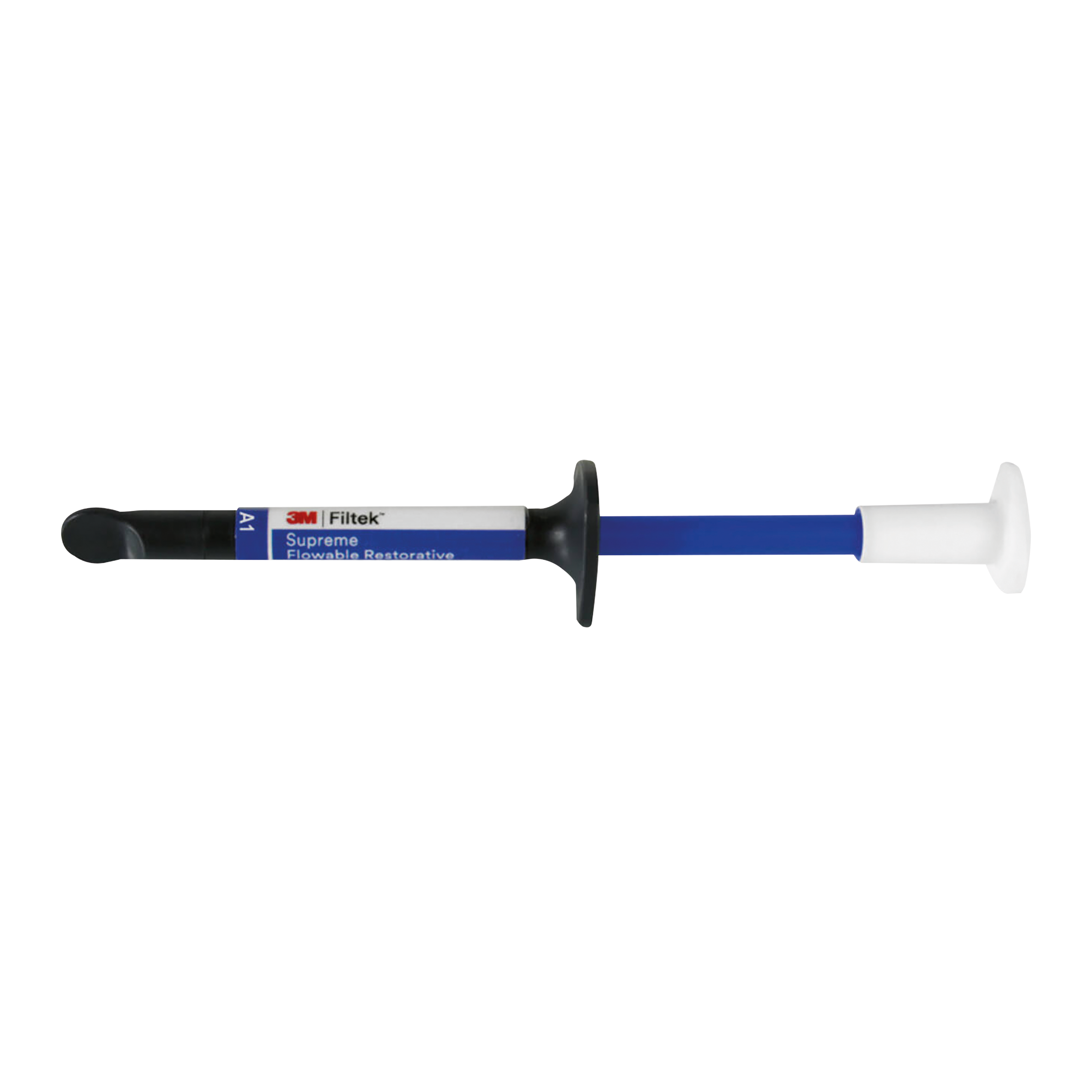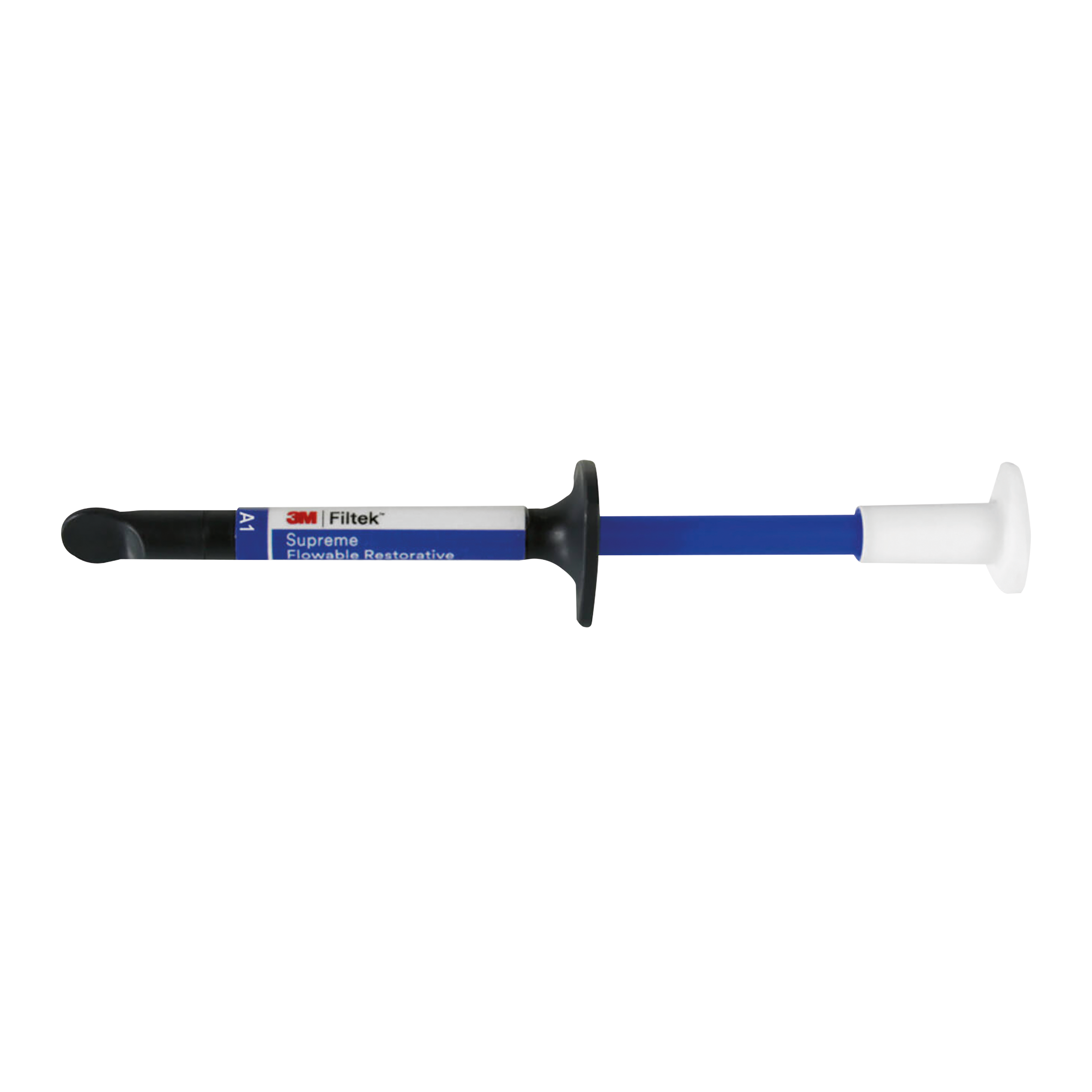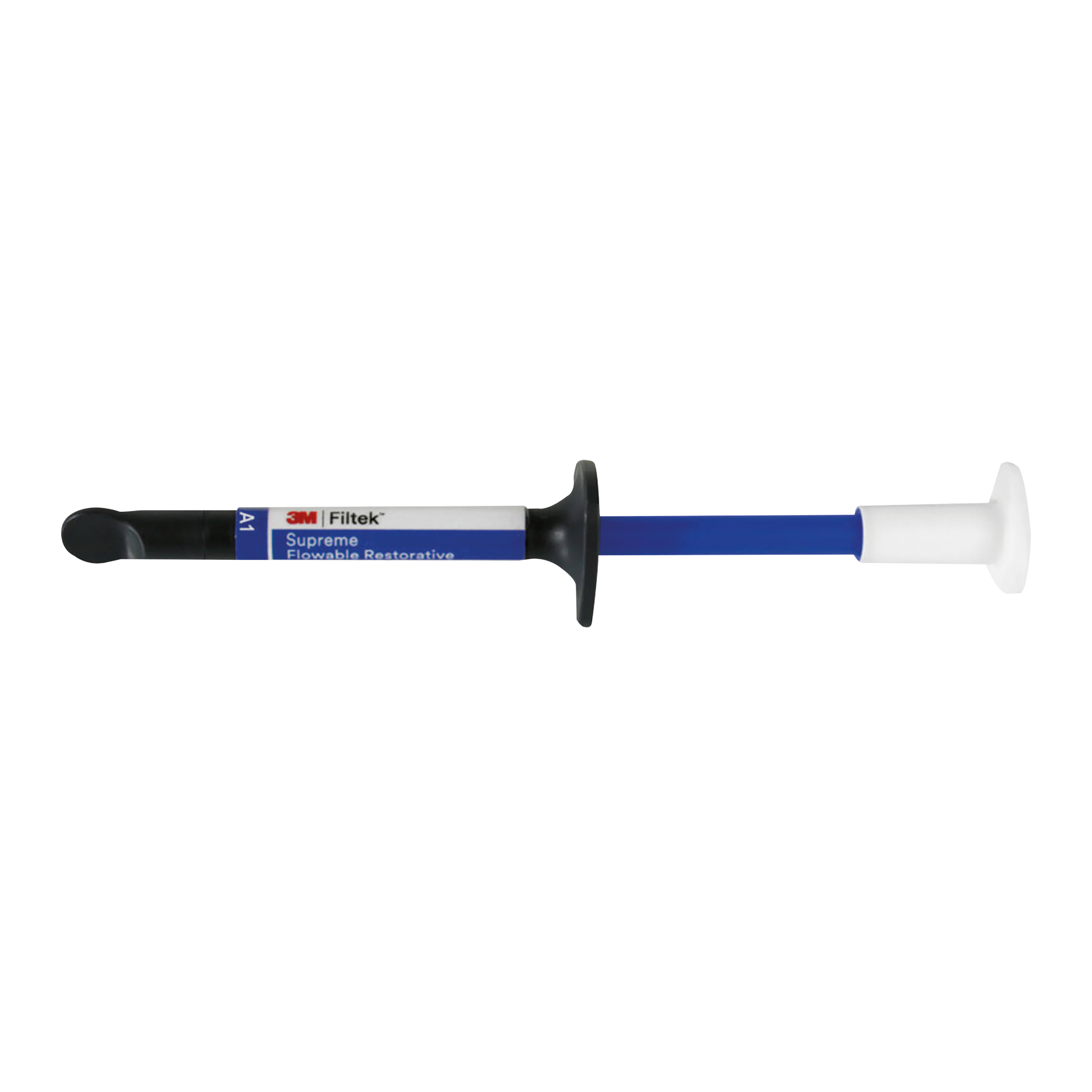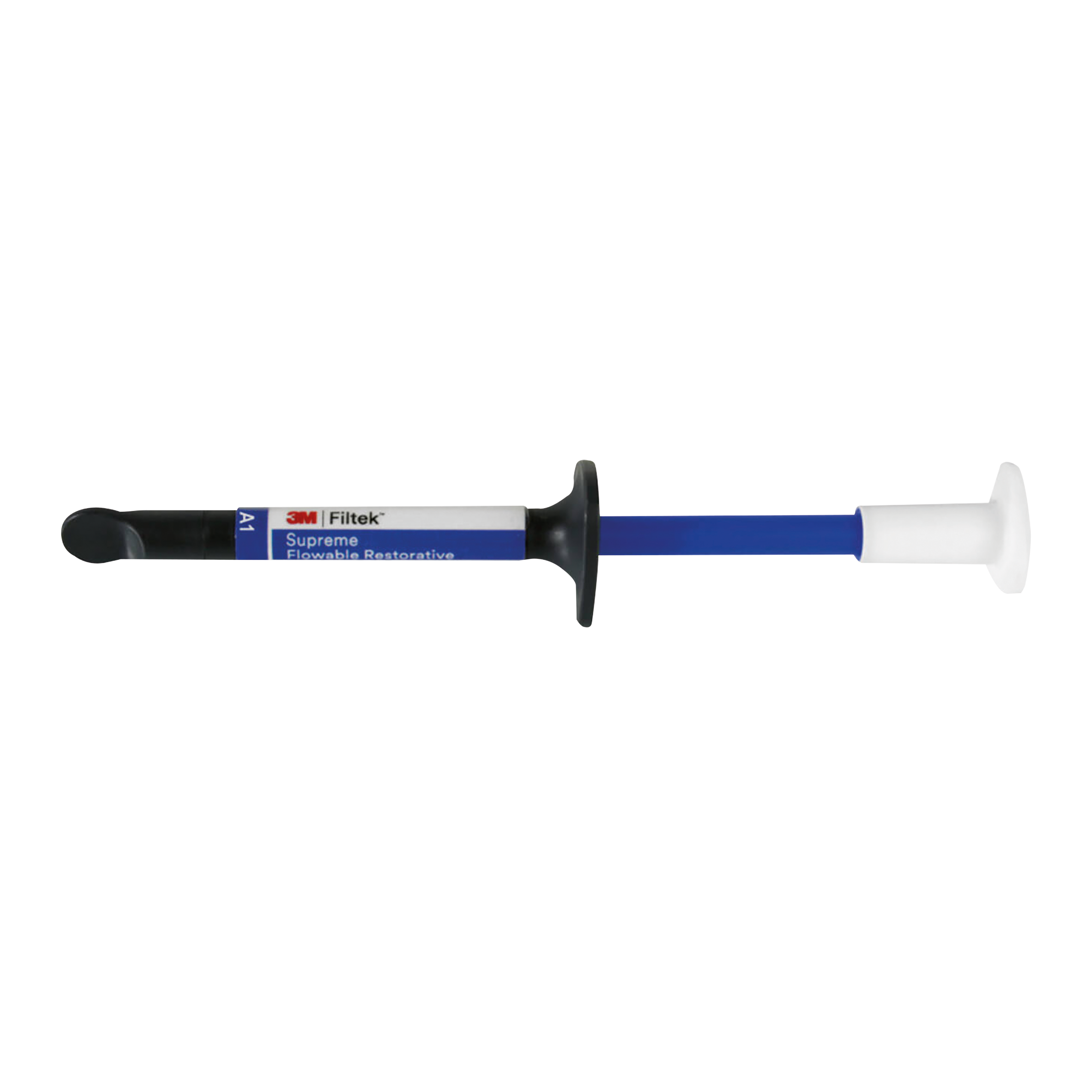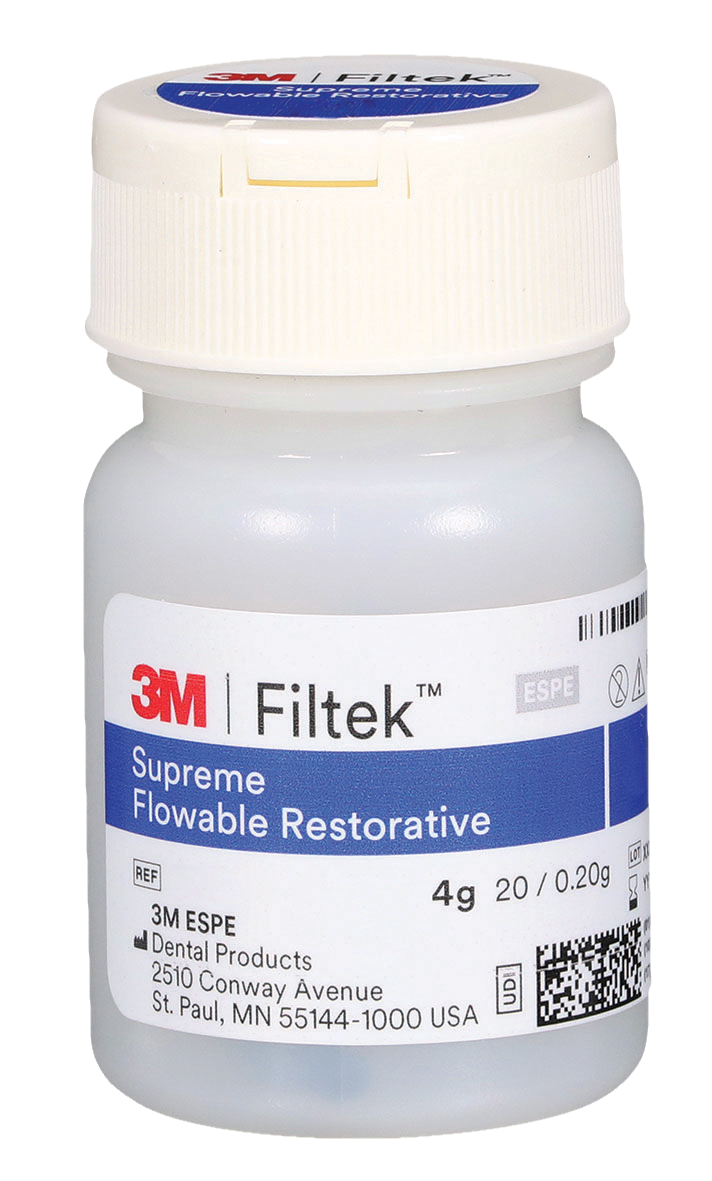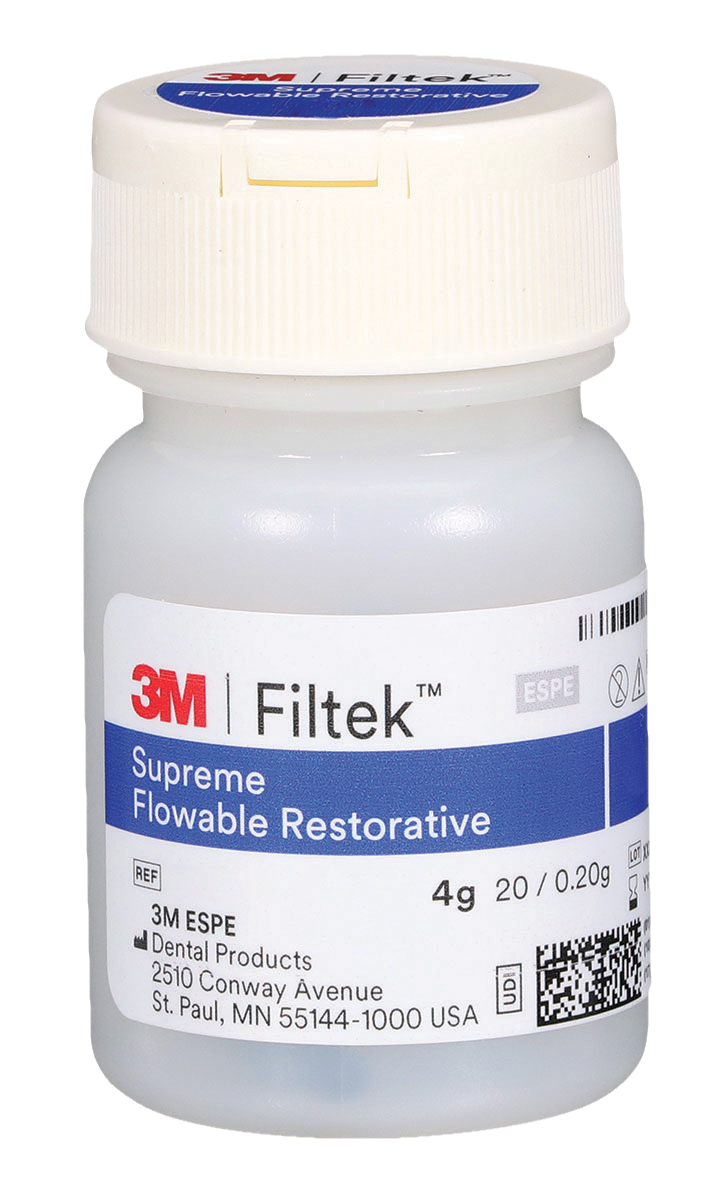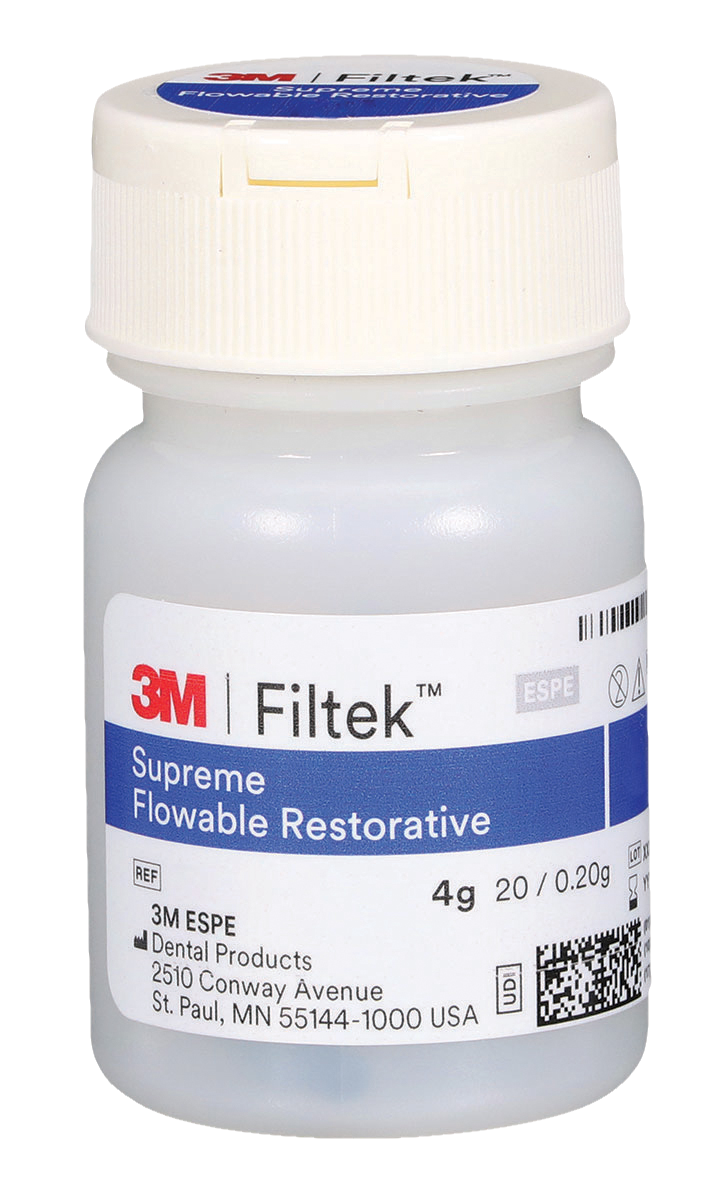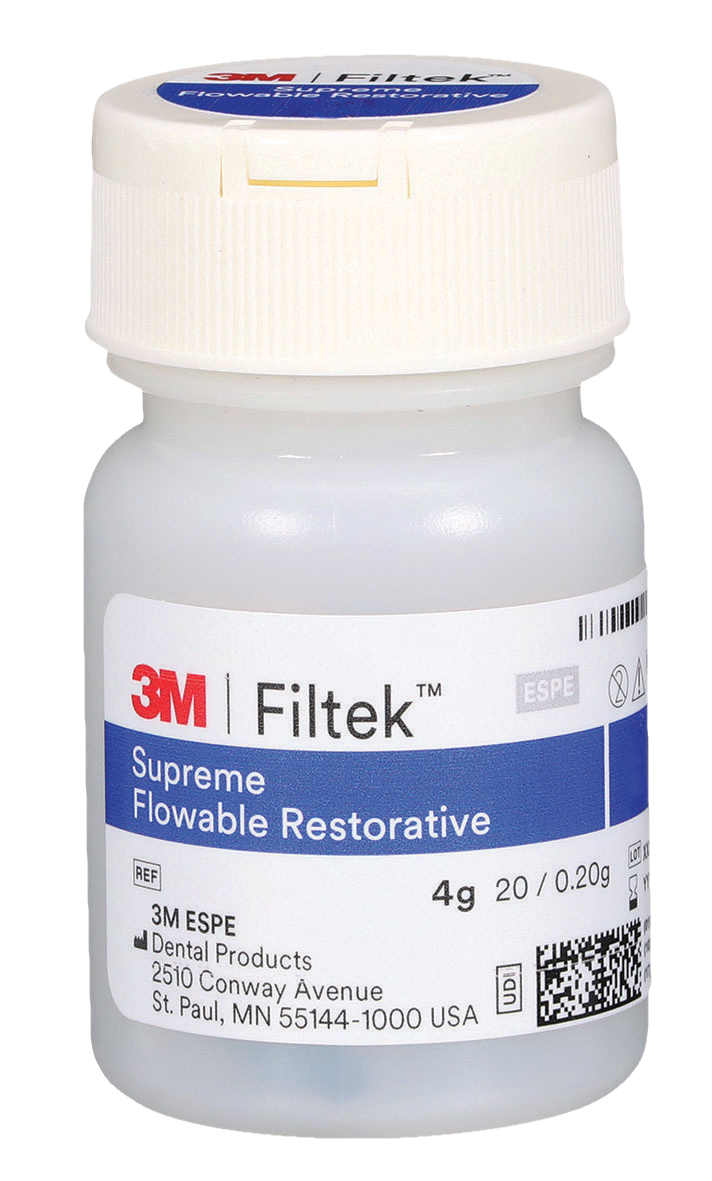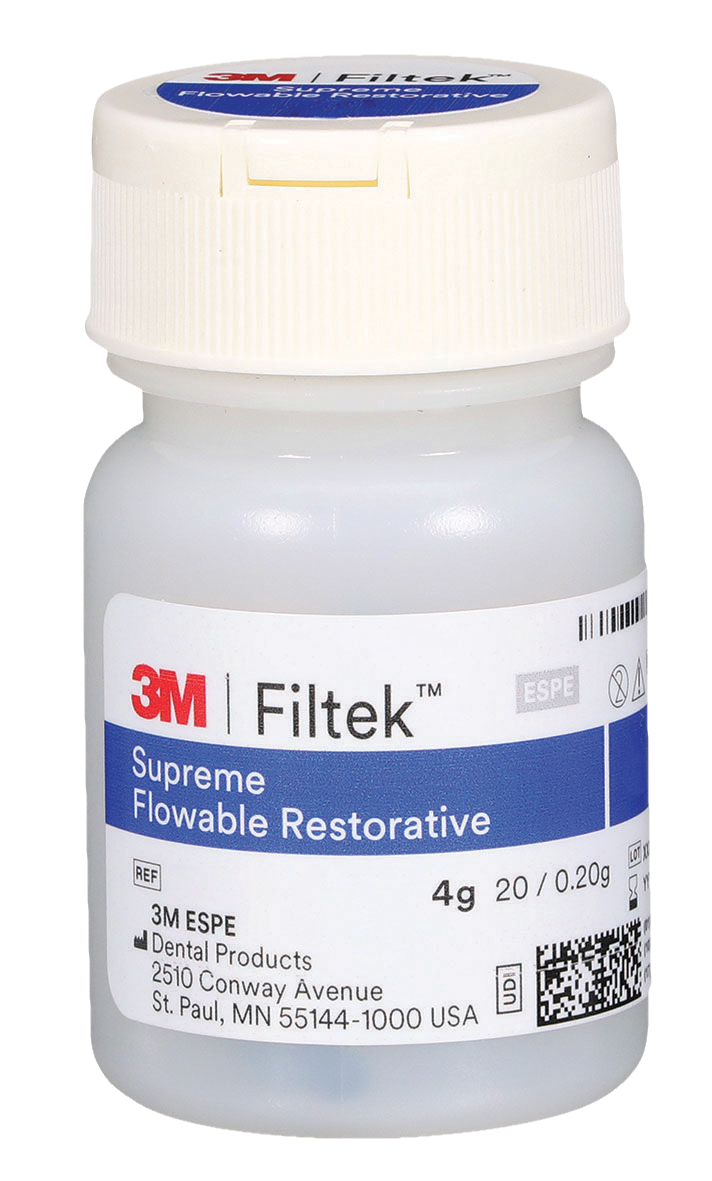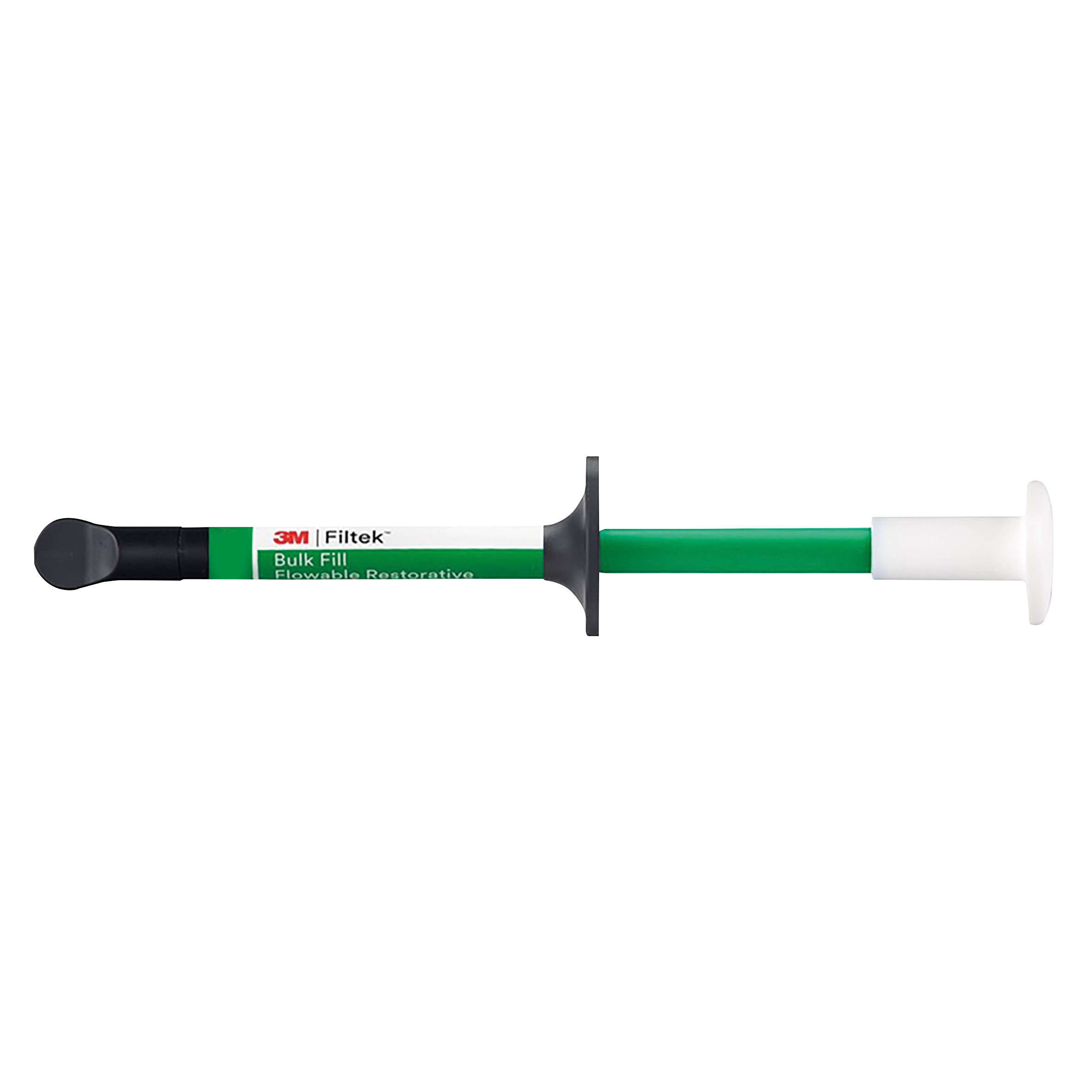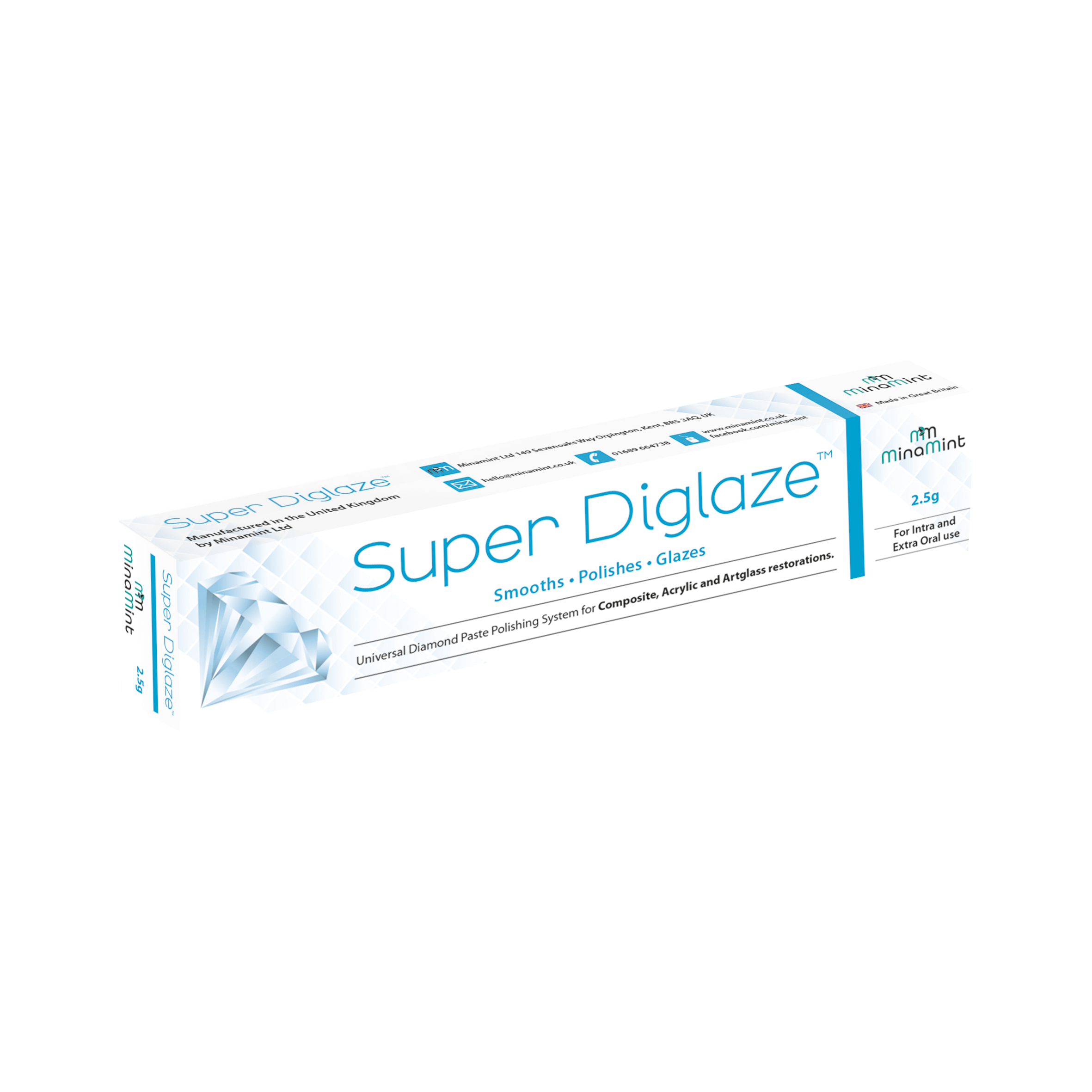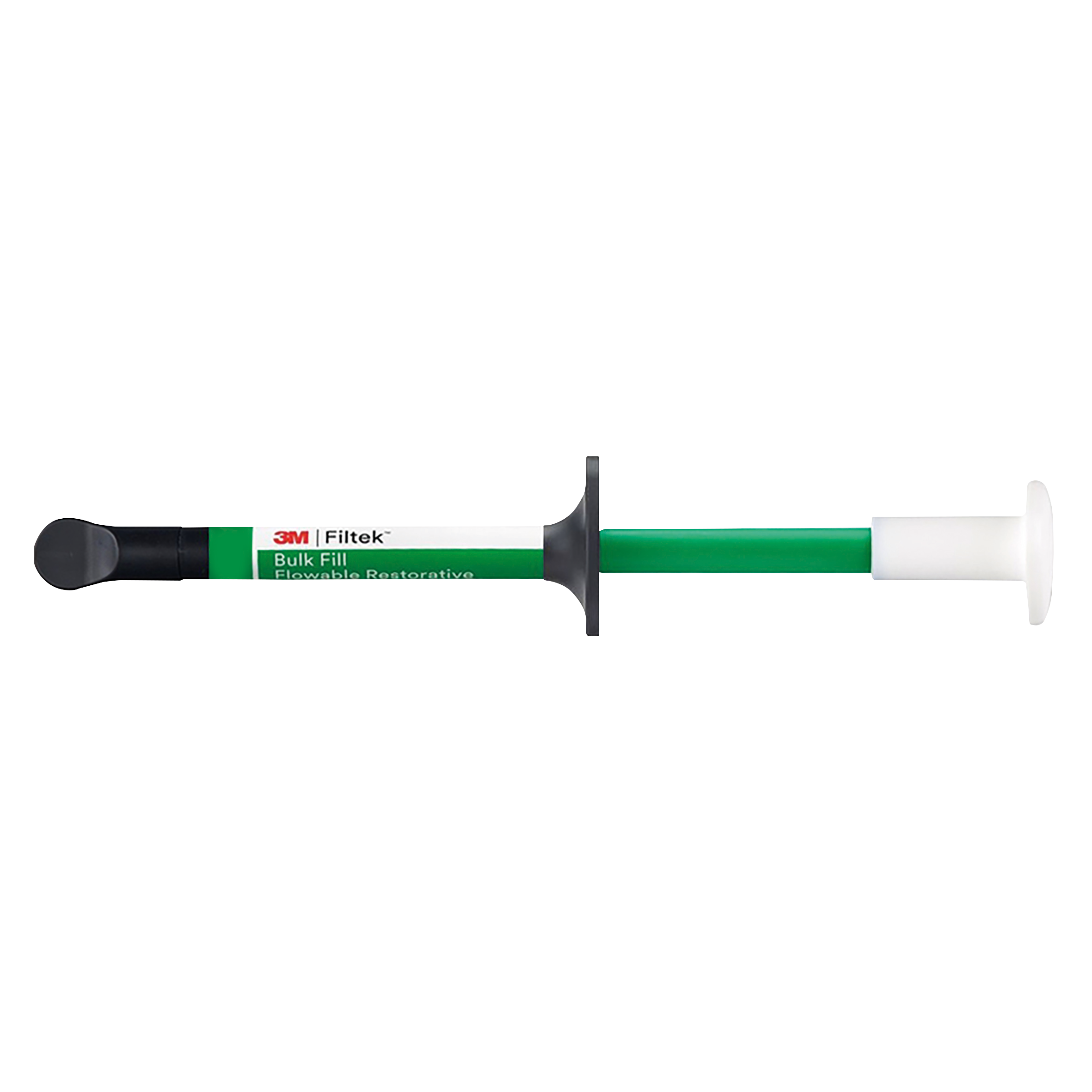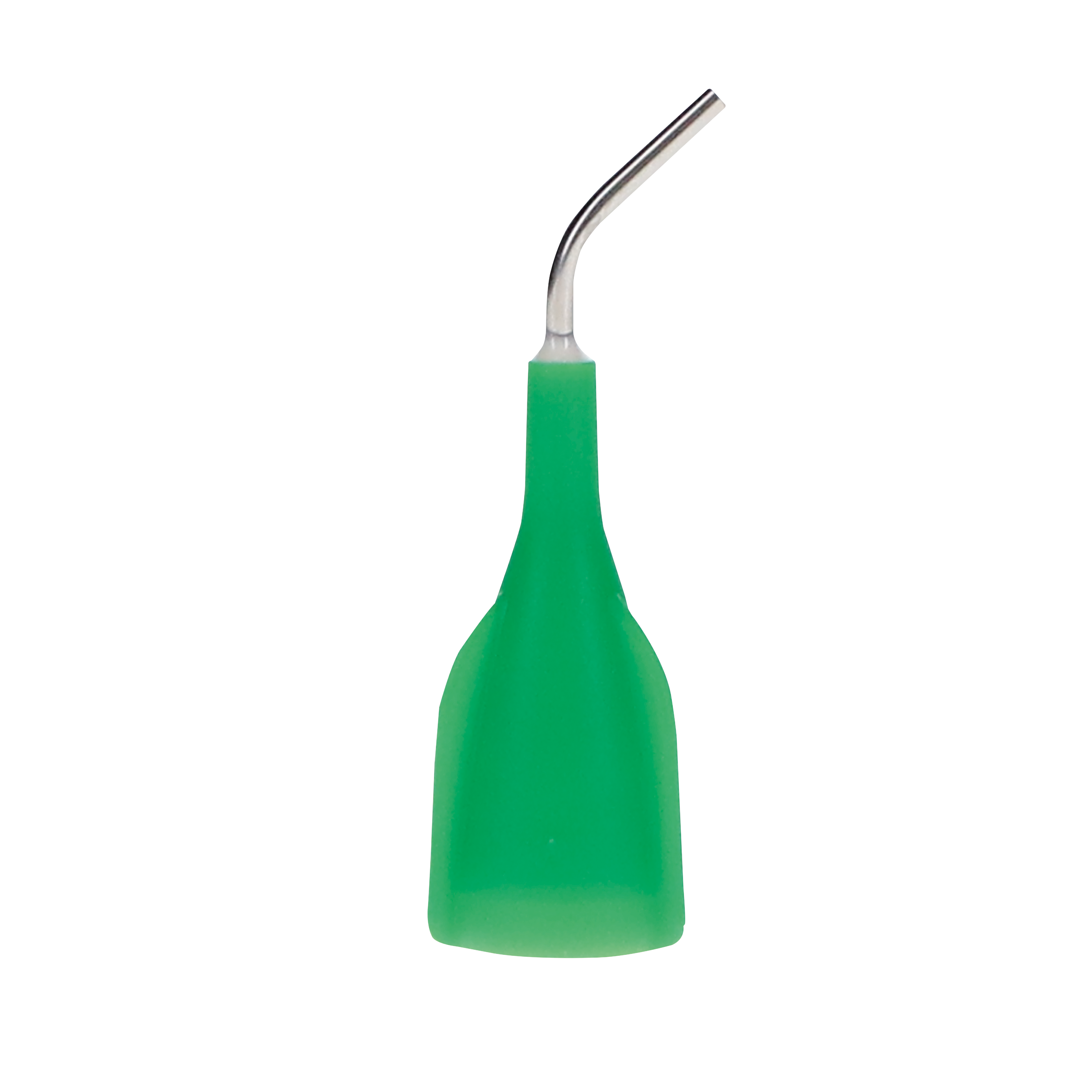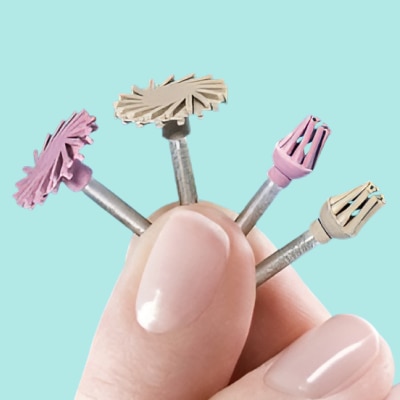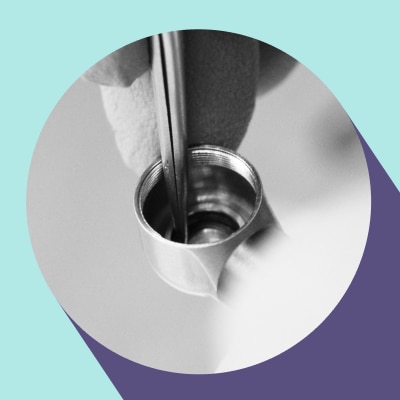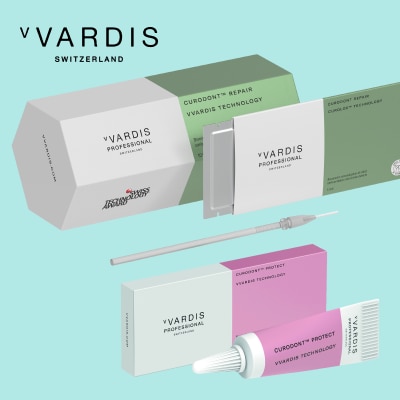Flowable composites, or flowables as they often shortened to, are versatile restorative materials that present many clinical opportunities.
But they are not without their challenges, as the formation of bubbles is a common complaint among dentists. These tiny voids can be hard to see and difficult to get rid of once in the prep and can cause staining, sub-par aesthetics, microleakage and less durability.
This is an issue that Dr. David Clark, DDS has been tormented by many times during his 25 years in dentistry as he explains below.
How We Got Here
“When the first dental resin-based composites were first introduced by 3M in 1964, they were thought of as an “amalgam substitute”. In other words, we thought that we needed to place it in little increments and pack it, sculpt it, and carve it like we did with amalgam.
When the first flowable composites were introduced in 1996, nobody was quite sure what to do with them, but we could see the definite advantages of an injectable material that instantly wets the tooth structure.
What we have learned over time is that the more we manipulate composites, the more problems we can experience. Composite today is moving to be injected with little or no hand manipulation, and flowable is an ideal injectable material."
Bubble Trouble
"The biggest complaint that clinicians report to me regarding flowable composites, is the bubbles that appear during syringing of the flowables. These bubbles in the flowable can be maddeningly difficult to eliminate.
The bubbles are difficult to “pop” because of the viscosity of the resin. In desperation, we give up on popping them and try to drag them outside the cavity prep. Pictured are some examples of the bubbles that can form.

In image 1, two different flowables have been syringed onto simulated teeth. Both samples have multiple bubbles. The bubbles in the lighter shade (right) are more difficult to see.

In follow-up radiographs (image 2), two bubbles are visible for this endodontically treated tooth. It is embarrassing and hard to explain to patients. These bubbles drive endodontists crazy.

When a bubble leaves a divot on the surface of a composite, blemishes with embarrassing discolouration can occur. A small bubble in the composite (image 3) has a significant stain that the patient complained about and was the reason they left their previous dentist.
Can Bubbles Be Avoided?
“There’s a lot to love about flowable composites. They’ve become integral to the modern practice for most restorative dentists. While flowable materials and modern techniques continue to improve, I also see promise in new delivery systems.
I’ve been evaluating 3M’s new syringe design for their Filtek Flowable composite. This new, innovative design has the potential to reduce bubbles in our procedures and give dentists more control."
How is the 3M Filtek Restorative Syringe Designed?
The syringe designed for the 3M Filtek Supreme Flowable Restorative and Filtek Bulk Fill Flowable Restorative is engineered to eliminate bubbles and run-on, while improving handling.
The new bendable cannula, available in three diameters, provides better access in those hard-to-reach places for easier injecting.
When your material and delivery method work together like this, it can help bring you closer to a bubble-free restoration.
What are the Other Advantages of 3M Filtek?
3M Filtek comes with several other benefits that make it a good option for restorations.
Filtek Supreme Flowable Restorative is recommended for aesthetics, while Bulk Fill Flowable Restorative is recommended for efficiency.



